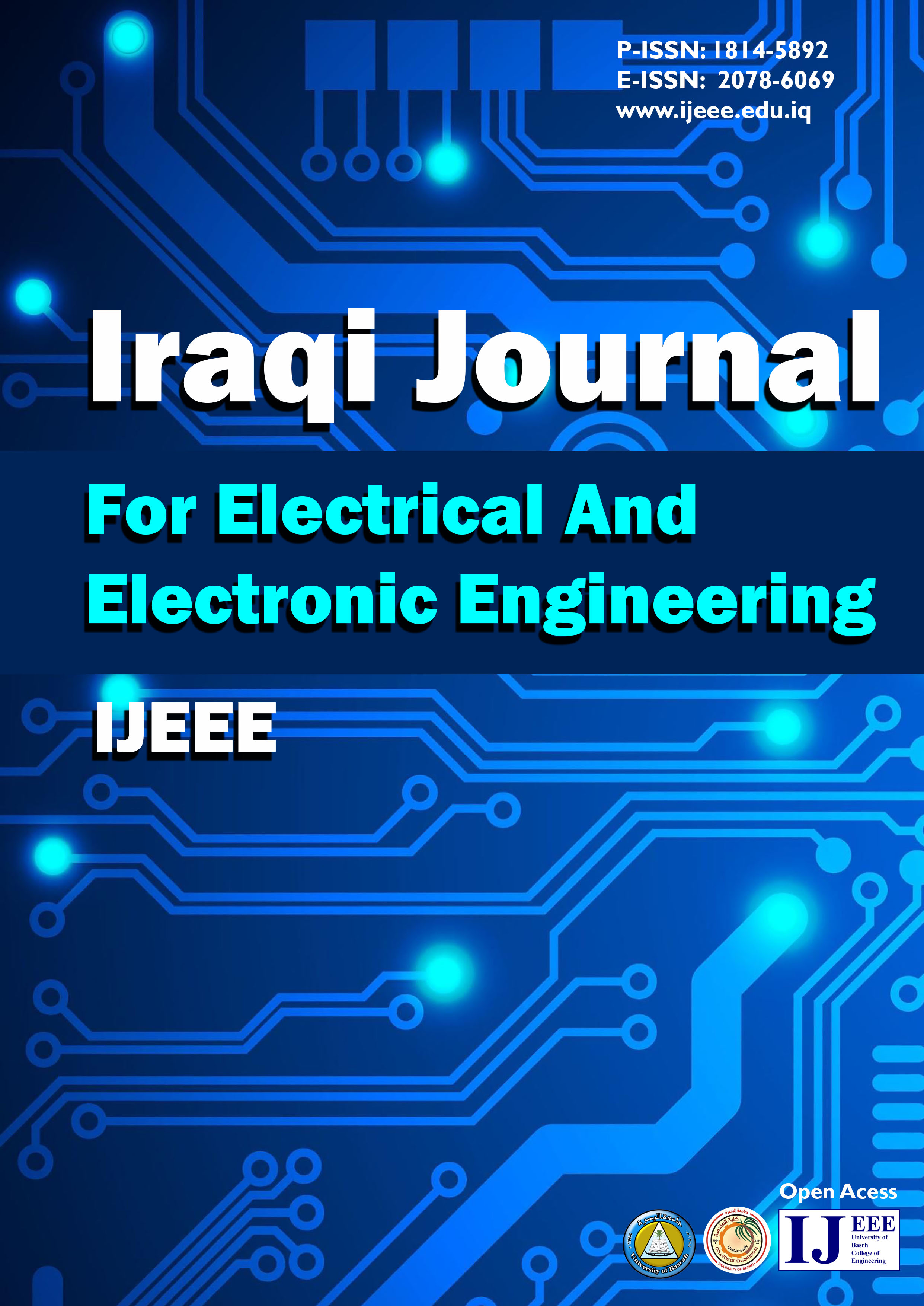Abstract
Vast number of researches deliberated the separation of speech mixtures due to the importance of this field
of research. Whereas its applications became widely used in our daily life; such as mobile conversation, video
conferences, and other distant communications. These sorts of applications may suffer from what is well known the
cocktail party problem. Independent component analysis (ICA) has been extensively used to overcome this problem and
many ICA algorithms based on different techniques have been developed in this context. Still coming up with some
suitable algorithms to separate speech mixed signals into their original ones is of great importance. Hence, this paper
utilizes thirty ICA algorithms for estimating the original speech signals from mixed ones, the estimation process is
carried out with the purpose of testing the robustness of the algorithms once against a different number of mixed signals
and another against different lengths of mixed signals. Three criteria namely Spearman correlation coefficient, signal
to interference ratio, and computational demand have been used for comparing the obtained results. The results of the
comparison were sufficient to signify some algorithms which are appropriate for the separation of speech mixtures.
of research. Whereas its applications became widely used in our daily life; such as mobile conversation, video
conferences, and other distant communications. These sorts of applications may suffer from what is well known the
cocktail party problem. Independent component analysis (ICA) has been extensively used to overcome this problem and
many ICA algorithms based on different techniques have been developed in this context. Still coming up with some
suitable algorithms to separate speech mixed signals into their original ones is of great importance. Hence, this paper
utilizes thirty ICA algorithms for estimating the original speech signals from mixed ones, the estimation process is
carried out with the purpose of testing the robustness of the algorithms once against a different number of mixed signals
and another against different lengths of mixed signals. Three criteria namely Spearman correlation coefficient, signal
to interference ratio, and computational demand have been used for comparing the obtained results. The results of the
comparison were sufficient to signify some algorithms which are appropriate for the separation of speech mixtures.
Keywords
blind source separation (BSS)
Comparison of algorithms
independent component analysis (ICA)
Signal to .interference ration (SIR)
Spearman correlation coefficient
